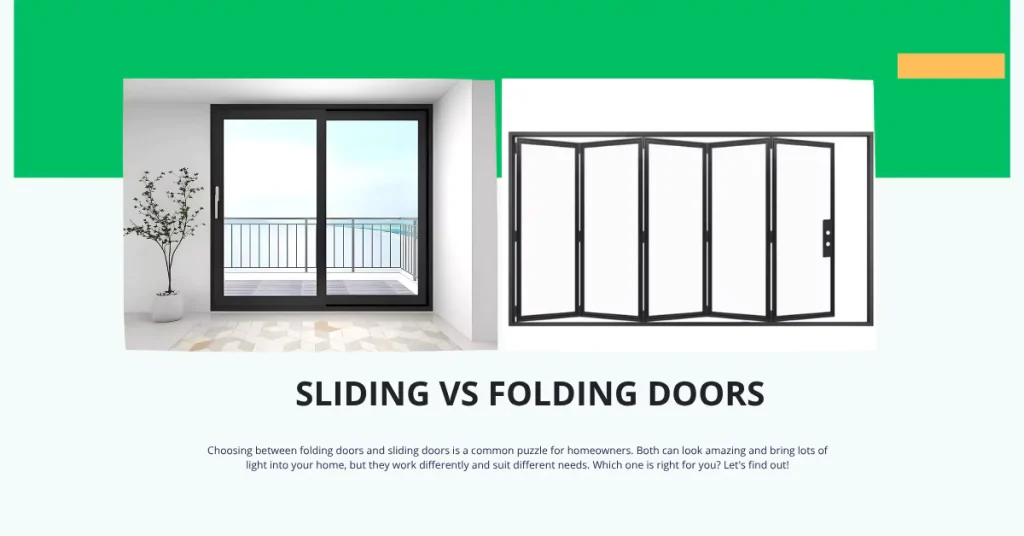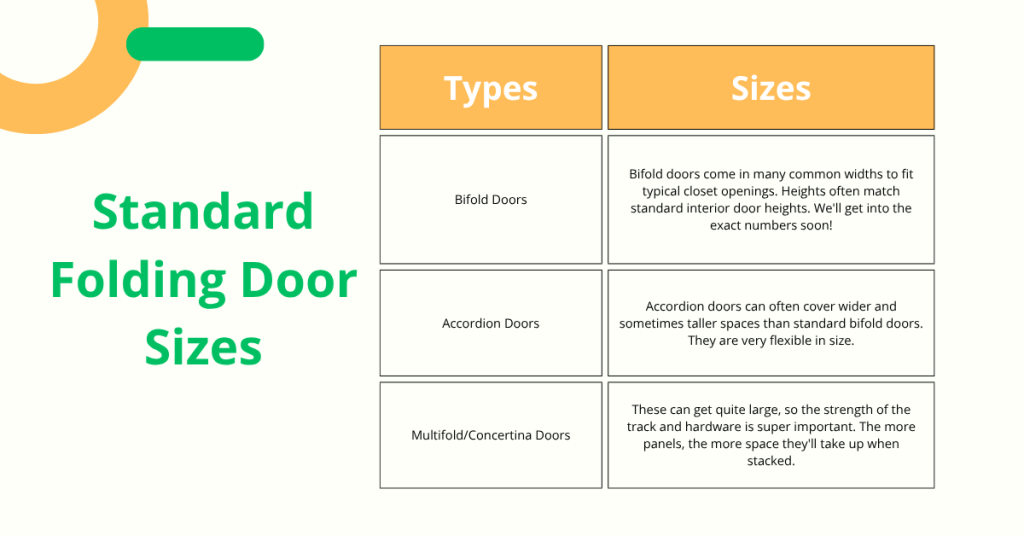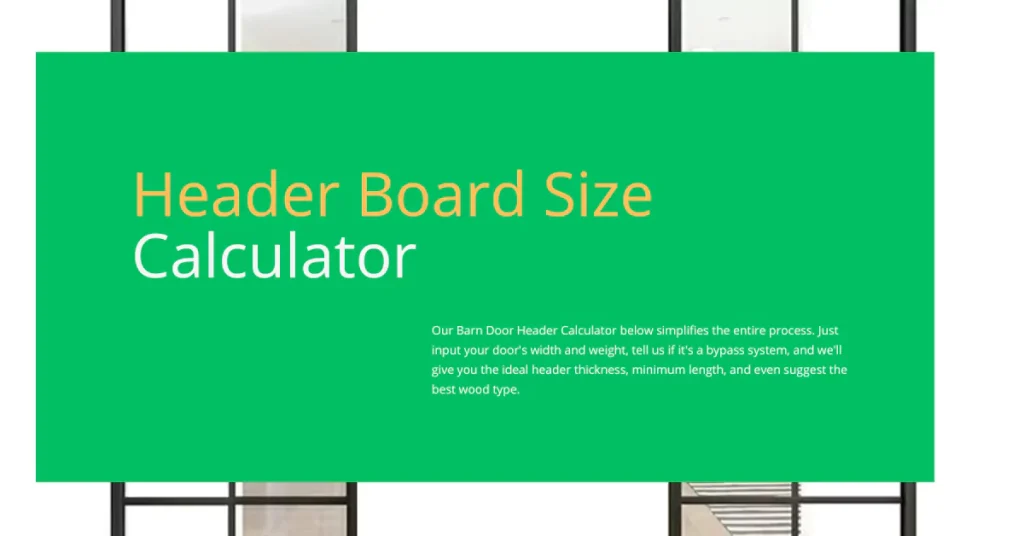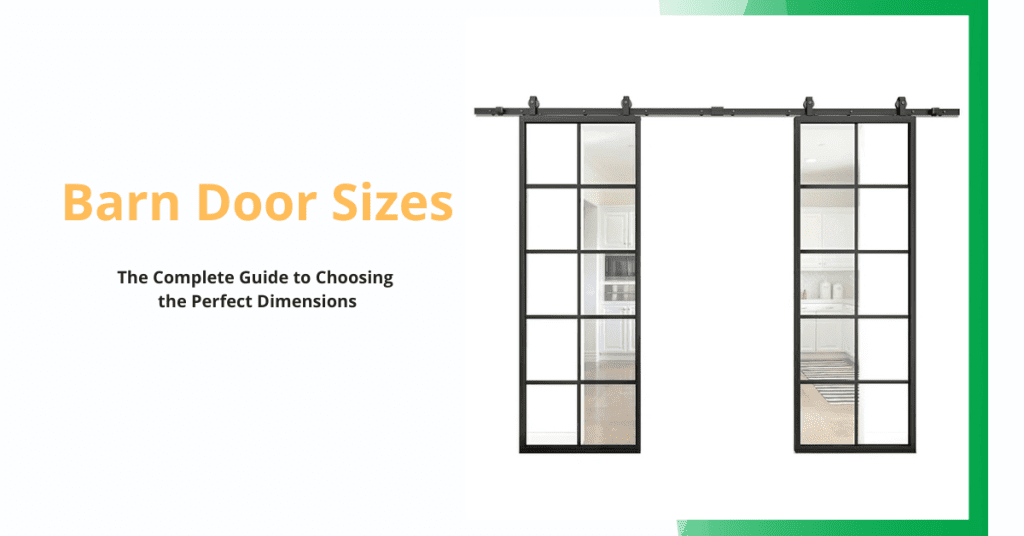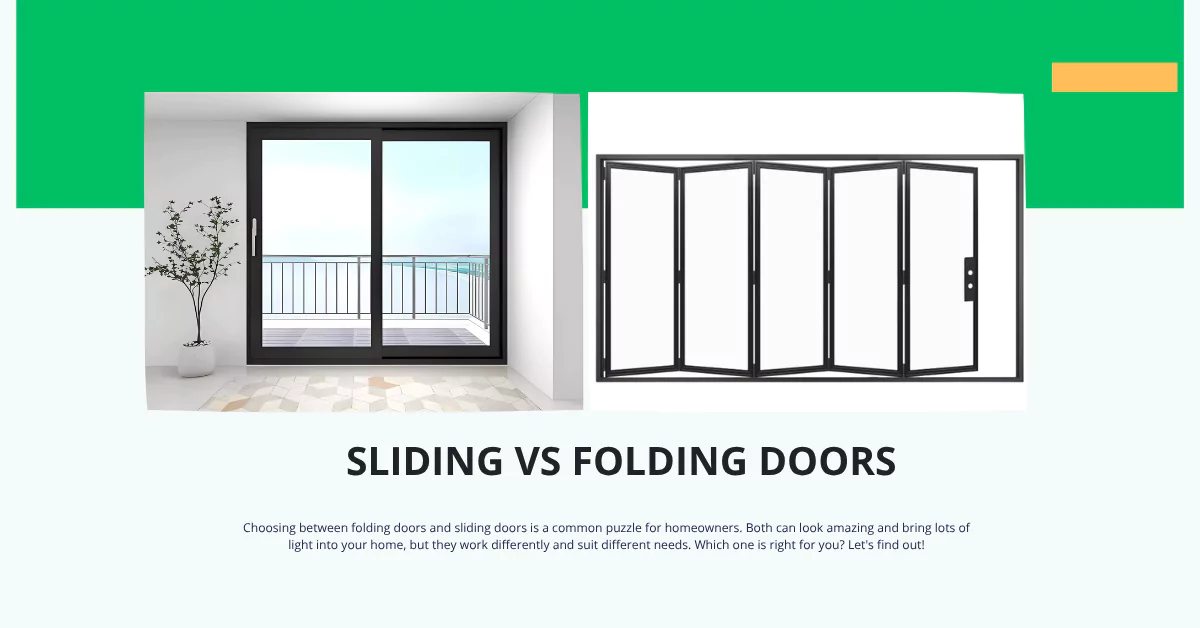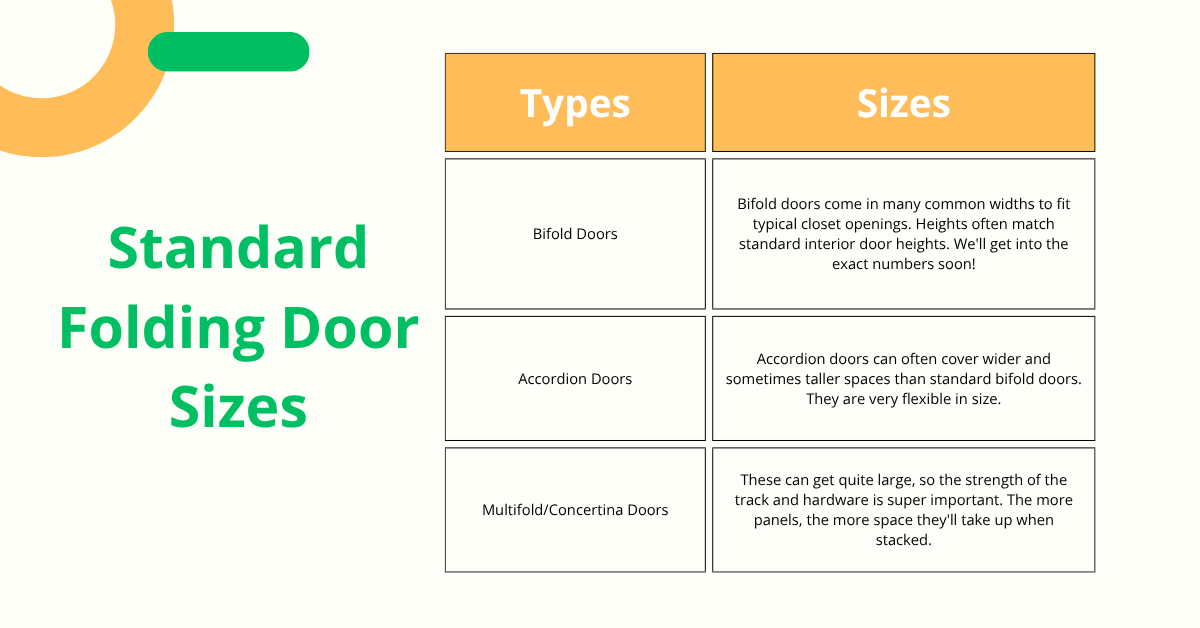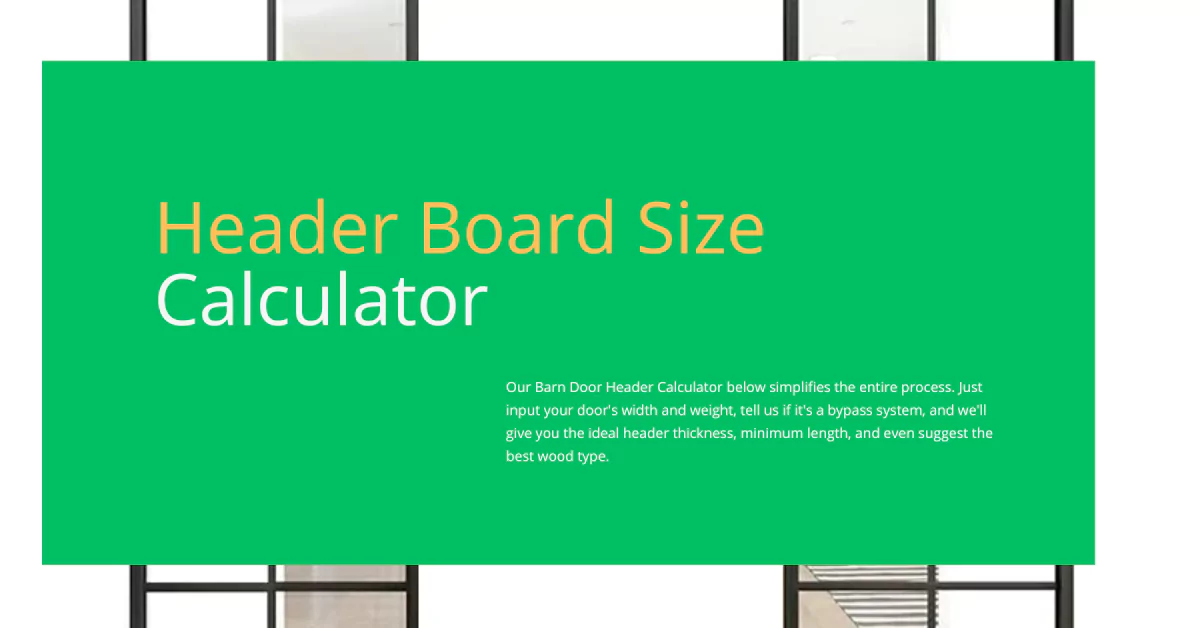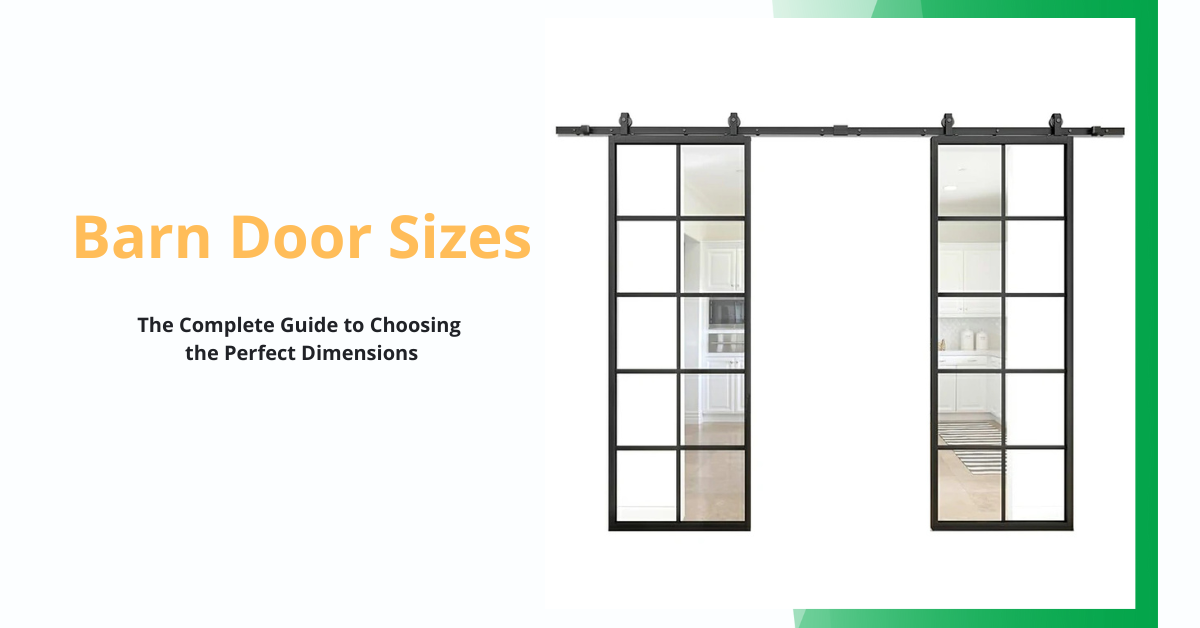Planning a barn door kit installation? You’re likely asking, “How thick should a header board be for a barn door?” “What size header do I actually need?” or “Exactly how long should the header board be?” Getting these dimensions right is absolutely crucial. A header board isn’t just a plank of wood; it’s the essential foundation for a secure, smoothly operating barn door, providing critical support and a stable mounting surface for the track hardware.
Stop the guesswork and get precise answers tailored to YOUR door in seconds! Our Barn Door Header Calculator below simplifies the entire process. Just input your door’s width and weight, tell us if it’s a bypass system, and we’ll give you the ideal header thickness and minimum length and even suggest the best wood type.
Barn Door Header Calculator
Thickness:
Height:
Length:
Material:
Fasteners:
Why Is a Header Board So Crucial for Your Barn Door?
A header board (often called a backer board) is a non-negotiable component for most sliding barn door setups. It serves two main purposes:
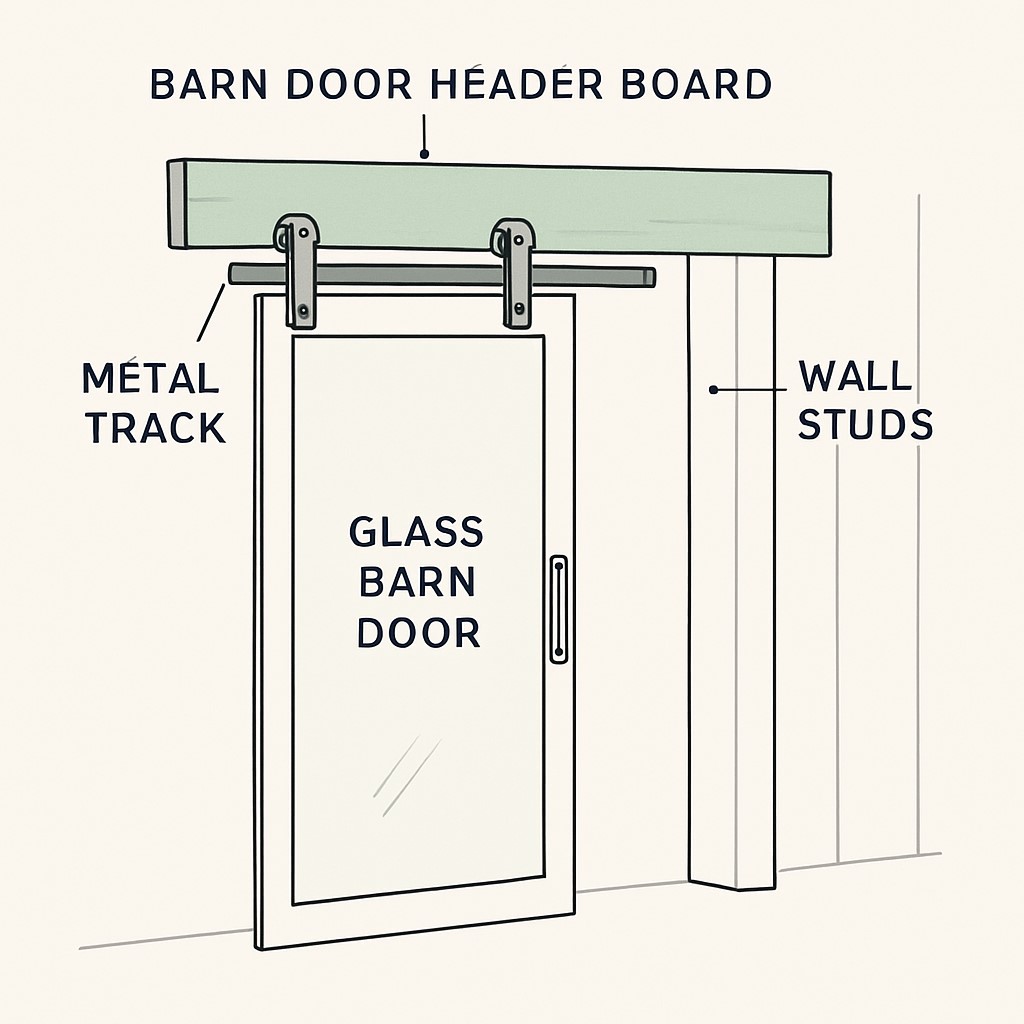
- Structural Support: It securely anchors to the wall studs, distributing the weight of the barn door and track system effectively. This prevents damage to your drywall and ensures the door operates smoothly for years to come.
- Simplified Track Installation: It provides a solid, continuous mounting surface for the track hardware. This is especially helpful if your wall stud locations don't perfectly align with the pre-drilled holes in your barn door track, saving you from complex modifications or needing to open up the wall.
Answering Your Key Questions: Header Board Dimensions Explained
While our calculator gives you precise, custom recommendations, it's helpful to understand the "why" behind the numbers. Let's tackle those common sizing questions:
What Size Header Board for Barn Door? (The Overview)
This is often the first question people ask! When we talk about the "size" of a header board, we're generally looking at three primary dimensions: its thickness, its height (or width, depending on how you orient it), and its overall length. Each plays a critical role. Our calculator considers all these, but let's break them down.
How Thick Should a Header Board Be for a Barn Door?
The thickness of your header board directly relates to its strength and ability to support the door's weight.
- General Rule: For most installations, a header board thickness of approximately 1 inch is recommended for reliable support.
- Minimum Consideration: Some sources find a minimum thickness of 3/4 inch acceptable, especially for lighter doors.
- Our Calculator's Approach: The calculator refines this by considering your door's specific weight. Heavier doors will naturally require a thicker, more robust header.
What Height (or Width) Header Board is Best for My Barn Door?
The height of the header board ensures there's enough surface area to securely attach the barn door track.
- Typical Height: A common header board height is around 5.5 inches. This usually provides ample surface area for most track systems.
- Variations to Note:
- Some hardware might work with a minimum width of 3.75 inches.
- For standard barn door systems, a 6-inch height is often suggested, while bypass systems (with two overlapping tracks/doors) generally need a taller header, around 9 inches, to accommodate both tracks. Our calculator automatically adjusts for bypass systems if you select that option.
- In new construction with flat trim, even a 5.25-inch high header can be effective.
Header Board Thickness Guidelines
Calculator Approach: Use specific door weight to determine optimal thickness. Heavier doors require thicker, more robust headers.
How Long Should Header Board Be for Barn Door?
The length of the header board is critical to ensure it properly supports the entire span of the barn door track.
- Core Principle: The header board must be at least as long as the barn door track or rail itself.
- Best Practice: Ideally, it should be slightly longer than the track. This offers additional support at the ends of the rail and ensures all track mounting points are securely fastened to the header.
- Range: Commercially available header boards can range from 48 inches all the way up to 288 inches, but our calculator will determine the optimal minimum length for your specific door width.
Choosing the Right Material: Strength is Key
This is critical: your header board must be made of solid wood. Finger-jointed wood is generally acceptable. Do NOT use MDF (Medium Density Fiberboard), as it lacks the necessary structural integrity to support the weight and operational forces of a barn door.
Our calculator suggests wood types like Poplar (for lighter doors), Maple, or Red Oak (for heavier doors) based on the load requirements.
Key Installation Insights for a Flawless Setup
- Mounting to Studs: The header board is designed to be mounted securely directly to your wall studs. This is what gives it its strength. It effectively bridges any gaps between studs, providing a continuous, solid anchor for the track.
- Eliminating Hassle: Using a header board can often eliminate the need for installing wood blocking inside the wall or custom-drilling holes in your track, especially when dealing with tricky stud configurations.
- What If I Don't Use a Header Board? If you choose to forego an external header board, you must have adequate blocking within the wall. This typically means a 2x6 board installed flat, horizontally, between each stud where the track will be mounted. This is often a more involved process, best suited for new construction or significant renovations.
- Pre-Drilled Convenience: If you purchase a complete barn door kit that includes a header board, it may come pre-drilled for the track hardware, which can simplify the installation. Header boards bought separately usually are not pre-drilled, giving you more flexibility in track placement.
Ready to Plan Your Perfect Barn Door Installation?
Don't let confusion over header board dimensions stall your project. Use our easy Barn Door Header Calculator at the top of this page for instant, accurate specifications. With the right header board, you're well on your way to a secure, beautiful, and smoothly functioning barn door!
Happy building!
